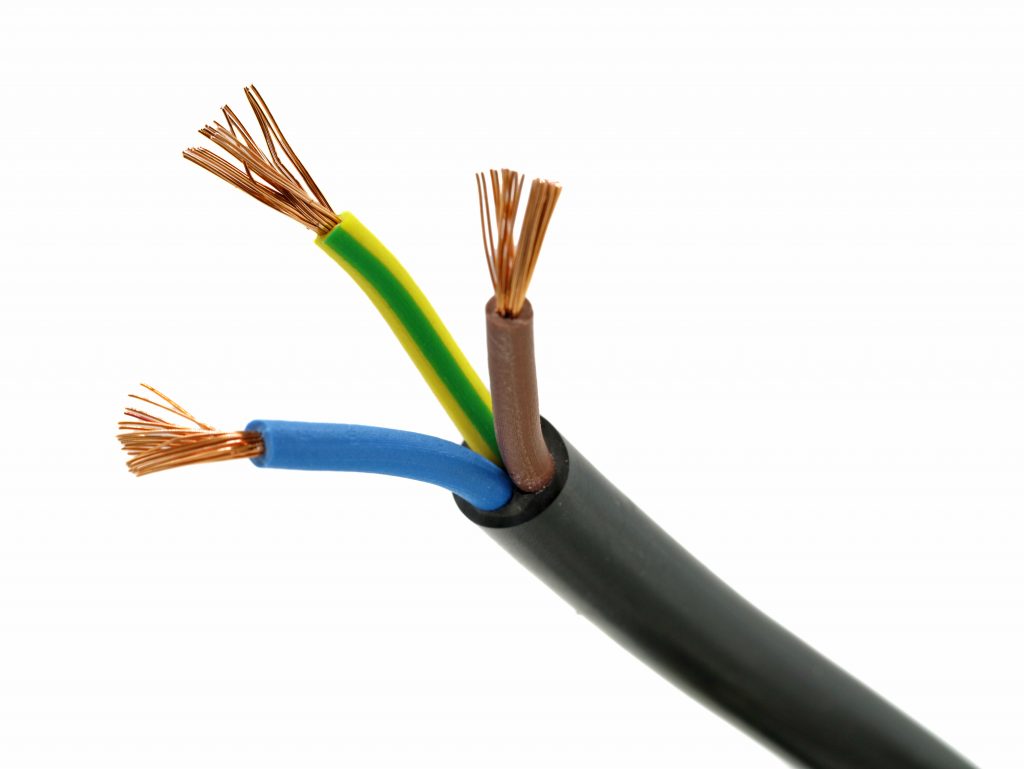Electricity helps you achieve various tasks in your home, but it can be fatal if mishandled. An electric current is an energy form that can easily flow from one object to another.
When buying cables, you may not immediately notice the plastic covering them. However, these covers help prevent the flow of electric current to an outside environment. These insulating materials can differ depending on the cable type and its uses. Therefore, the next time you buy a cable from Cable Pro and other providers, look closer to see the insulation material used.
Conductors Versus Insulators
Electric currents need a conductive material to transfer energy from one end to another. These materials provide the least resistance; hence, the name conductors. Most metals are conductors of electricity, but some are better than others.
Copper and aluminum are some of the widely used metals due to their high-current carrying capacity. They also have better constant thermal properties. However, it’s crucial to note that other non-metallic bodies can also conduct electric currents, including water and the human body. Hence, the need for insulators.
Insulators are materials that resist electric currents. Thus, electricity can’t travel in them. Most insulators are from wood, rubber, fiberglass, or asbestos. You may also find other synthetic insulating materials like polyvinyl chloride (PVC). Each insulating material provides varying levels of resistance, but the higher the resistance level, the better the material’s insulation.

Why Insulation Is Essential
Insulation ensures electric currents don’t travel outside the conductors. Therefore, you’ll find that every conductor has an insulating material as a protective cover. It ensures that the electric currents get to the desired destination.
One of the primary reasons for cable insulation is safety. You might find electric currents used in such vital equipment as pacemakers, yet usually in a limited and controlled amount. The ones in your home can be dangerous if you expose yourself to them.
You can get an electric shock if you touch naked cables because they send involuntary spasms throughout your body and can cause muscle damage. In fatal cases, electric shocks can cause death due to heart-pumping problems.
Additionally, insulation helps protect the conductors through which electric current flows. So, it prevents damage and degradation of these materials from weather elements. As a result, it helps prolong their life span, which saves cable replacement costs.
Moreover, cable insulation helps prevent the loss of electric current to the surrounding environment. Hence, electricity moves from one point to another with minimal escape, ensuring you get the maximum use of the energy released from the point of origin. You get what you pay for, saving you energy costs.
Insulation also ensures that the energy doesn’t move from one conductor to another (e.g., from an electric cable to a water feature or a human body).
Properties Of An Insulating Material
Apart from the fact that insulating materials need to be poor conductors of electric currents, other properties also determine their use, like the following:
- It should have higher insulation resistance, withstanding electric current flowing through the conductor inside. A high insulation resistance helps prevent leakage of electric currents.
- An insulating material should be non-hygroscopic. Moisture negatively affects a material’s insulation resistance, so you would need a material that doesn’t absorb moisture from its surrounding environment.
- It should have high dielectric strength. This property, measured in megavolts per meter (MV/m), expresses the material’s maximum electric field it can withstand without breakdown. The higher the dielectric strength, the better the insulating material.
- High abrasion resistance and mechanical strength are also vital properties. These ensure an insulating material can handle mechanical fields and constant abrasions.
- It should be highly resistant to acids and alkalis. These two factors can quickly degrade an insulating material’s ability, making cables in your home dangerous.
- Lastly, insulating materials need to be non-flammable.
Although these are the properties that an insulating material should have, no one material can have all of them. However, a cable’s purpose determines the insulation type.
Types Of Insulation Materials
There are various insulating materials you may encounter in the market today. However, the most common are rubber, PVC, and nylon. Each insulation material has different properties that make it suitable for particular uses.
For instance, pure rubber has high insulating resistance. However, it’s pretty absorbent to moisture and has low abrasive resistance. It also has low mechanical strength. Therefore, you might not find it in use in its pure form but as vulcanized Indian rubber. The vulcanization process helps improve its properties.
Meanwhile, PVC has inert qualities that make it ideal to use in most homes and extreme conditions with high moisture and chemical exposure.
Conclusion
Your home has cables with different insulating materials, but these materials’ common purpose is to ensure your household’s safety from electric shocks. They also help prevent the loss of electric currents to the surrounding environment.


